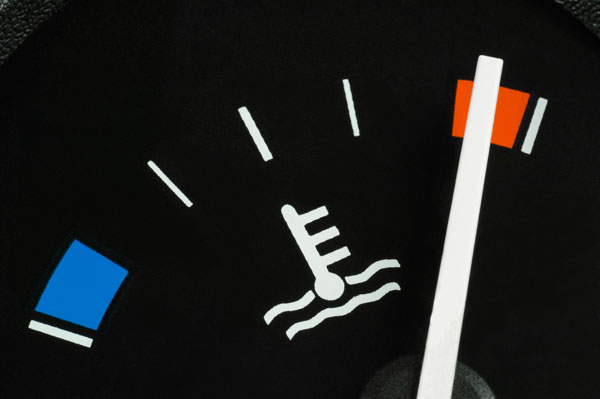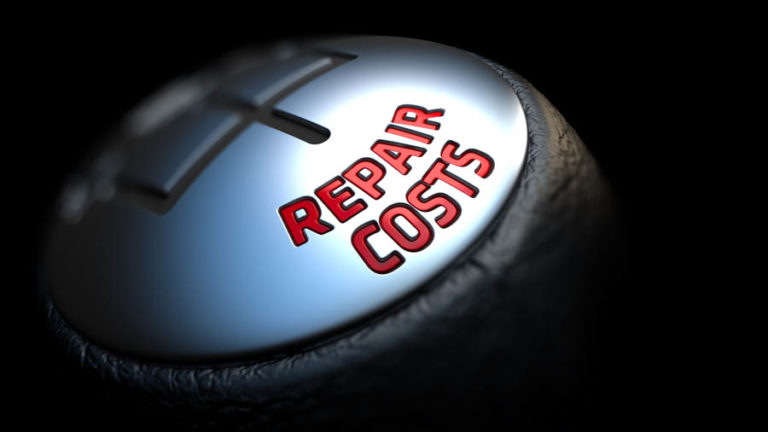 The Las Vegas heat can take a toll on any European Vehicle. If your automobile engine is overheating, it is a serious problem that requires immediate attention. The cooling system continuously removes heat produced by the internal combustion process. An unchecked rise in operating temperature will eventually cause the metal around the combustion cylinders to warp, resulting in a blown head gasket. As soon as the temperature gauge is noticed moving into the hot zone, the vehicle should be turned off and inspected.
The Las Vegas heat can take a toll on any European Vehicle. If your automobile engine is overheating, it is a serious problem that requires immediate attention. The cooling system continuously removes heat produced by the internal combustion process. An unchecked rise in operating temperature will eventually cause the metal around the combustion cylinders to warp, resulting in a blown head gasket. As soon as the temperature gauge is noticed moving into the hot zone, the vehicle should be turned off and inspected.
1) Belts… The cooling system consists of several interrelated components. The water pump is driven by an engine belt, likewise; a radiator fan is driven by a belt. A broken belt to the water pump would completely stop the circulation of coolant. A broken fan belt would cause the radiator fan to stop, and the radiator would not efficiently lose heat unless the vehicle were in motion. Synthetic rubber hoses carry heated coolant between the engine and the radiator. After years of use, the hose can rupture, resulting in the sudden loss of coolant.
2) Electrical Sensors… Many European vehicles have electric cooling fans for the radiator. Instead of using a rubber belt to power the radiator fan, an automatic temperature sensor is used to switch the radiator fan on and off. Proper functioning of the radiator fan is dependent on accurate measurement of coolant temperature. Input from the coolant temperature sensor is used by the switch to operate the fan. The failure of any one of the three parts could lead to overheating. Other potential causes of overheating are usually not so obvious.
3) Water pump… The water pump is the primary component forcing coolant through the engine’s cooling system. After several years of use, bearings can wear out and cause pump failure as well. A rise in engine temperature with no obvious broken belts or ruptured hoses could be the result of a failed water pump. All of the system components are dependent on the pump to maintain a steady circulation of coolant.
4) Thermostat… Another part located on the engine block is the thermostat, which opens and closes in response to engine temperature. A closed position prevents coolant from moving to the radiator, providing a quicker temperature rise in a cold engine. As the engine warms, the thermostat should open. After extended use, the thermostat can become stuck in the closed position, forcing hot coolant back into the engine block. Without the benefit of radiator cooling, the engine would overheat due to the stuck thermostat.
5) Coolant levels… Overheating could be the result of insufficient coolant, but the reduced level of coolant is usually a warning sign of a cooling system problem. A loss of coolant is an early indicator that a diagnosis is needed to prevent a larger problem in the future.
Over time, a radiator may gradually lose some capacity for coolant to flow through the cooling fins. Cooling system performance is critical in regions that experience hotter summer temperatures. Contact the European auto repair professionals at Desert Oasis European Auto Service and Repair regarding any concerns you have about your European vehicle’s cooling system.














